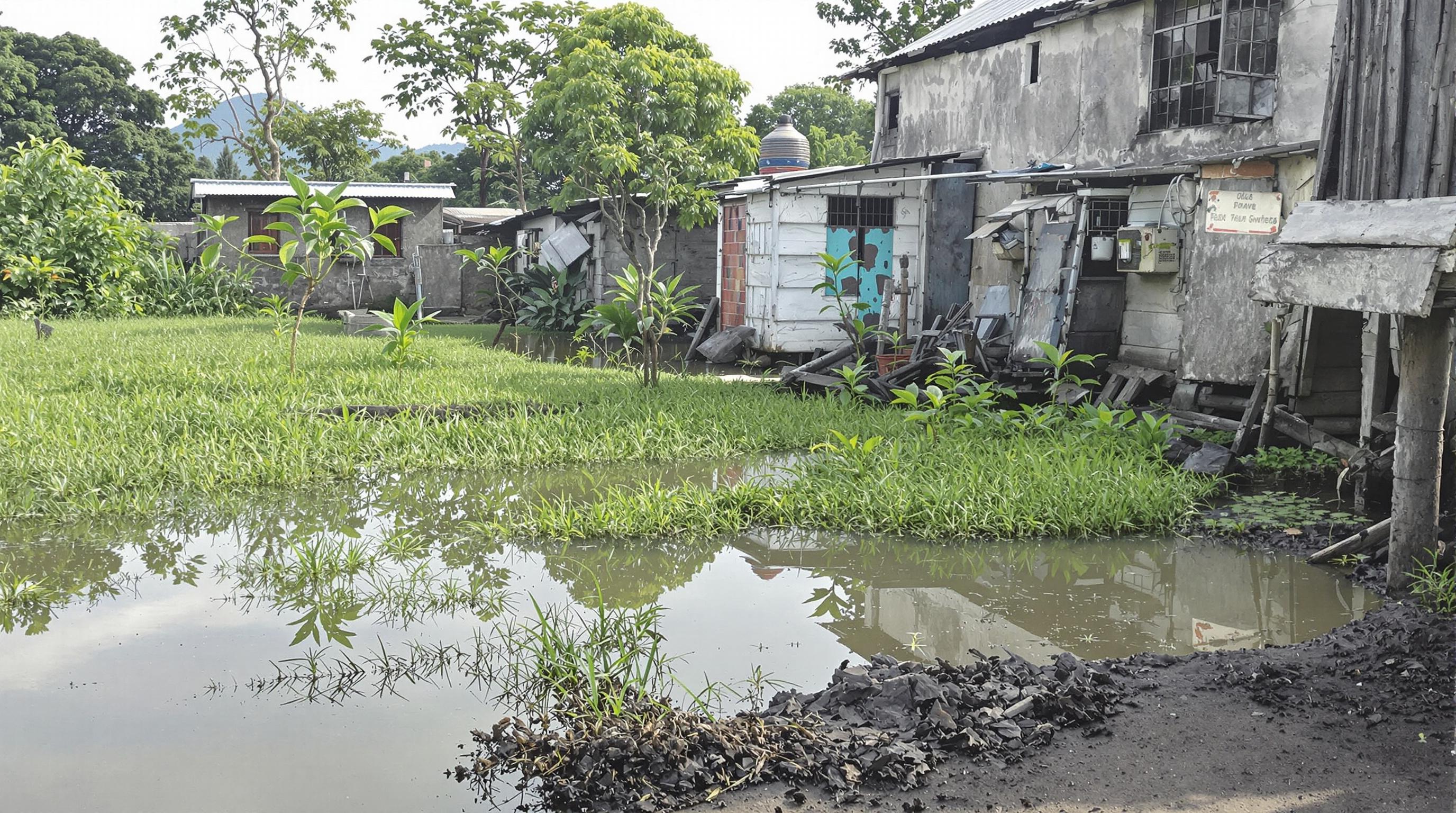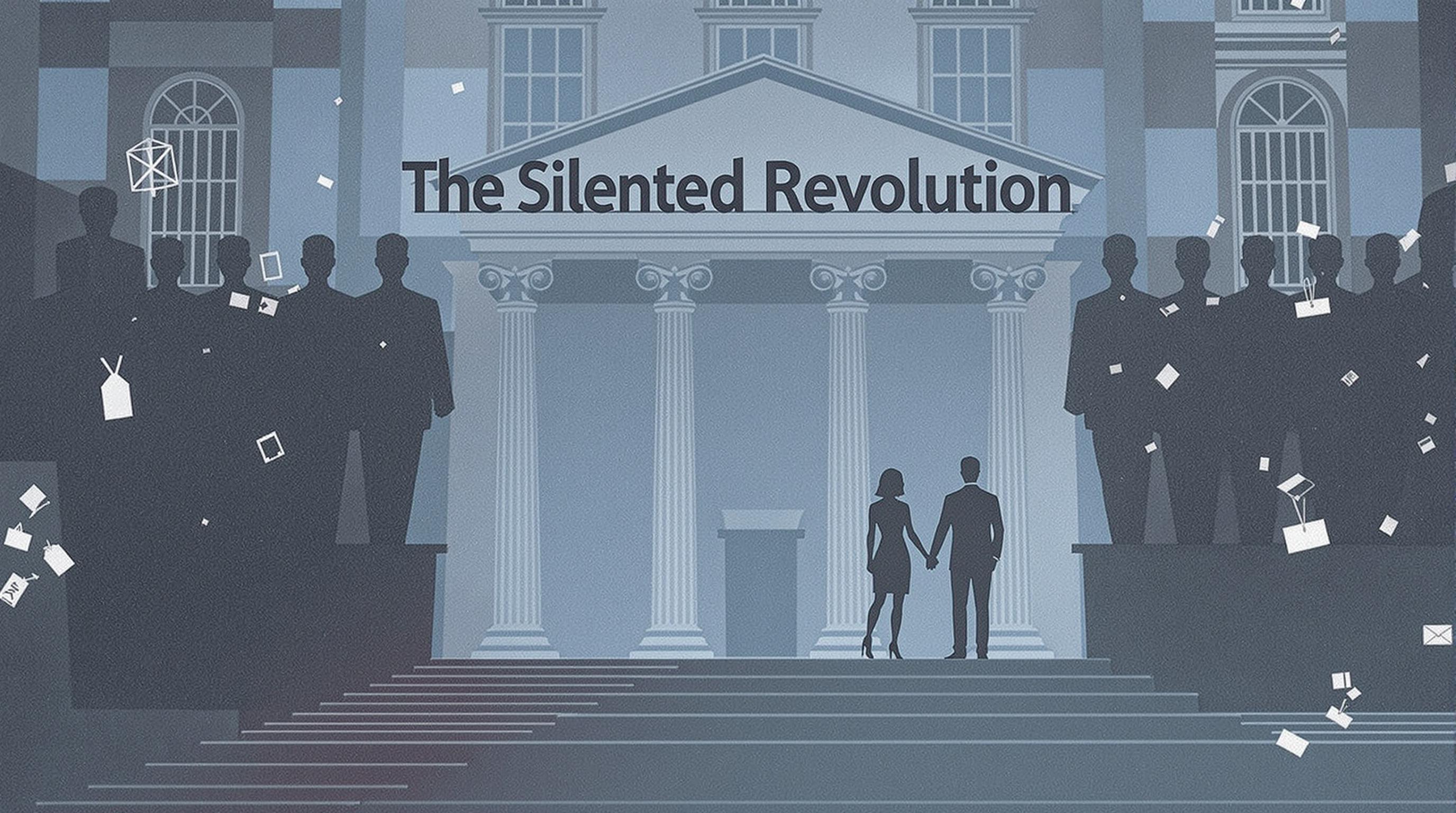Related Articles
- From Philanthropy to Profits: How Social Impact Investing is Reshaping the Future of Capital Markets
- Lost in Translation: How Language Barriers Shape Global Banking Relationships and Client Interactions
- Regulatory Labyrinths: Examining the Unanticipated Effects of Financial Laws on Sustainable Fashion Markets
- The Hidden Connection Between Gamification and Banking: How Playful Finance Engages a New Generation of Savers
- Borrowing Blues: How Your Zip Code Can Affect Loan Access and Financial Flexibility in Suburban vs Urban Areas
- Exploring the Quiet Revolution: How Biometric Privacy is Transforming User Trust in Digital Banking
Unveiling Unseen Allies: How Community Banks Foster Economic Resilience in Turbulent Times
Unveiling Unseen Allies: How Community Banks Foster Economic Resilience in Turbulent Times
Community banks act as unsung heroes in times of economic turmoil, providing essential support to local economies. By focusing on personalized service, fostering relationships, and prioritizing community needs, these financial institutions help nurture resilience and growth.
Understanding Community Banks
Community banks are typically smaller financial institutions that operate at a local level. Unlike big banks, they often prioritize service over profit, emphasizing relationships rather than sheer numbers. According to the Independent Community Bankers of America (ICBA), community banks hold nearly 20% of U.S. banking assets but constitute over 90% of banks operating in the country. This significant share illustrates their widespread presence and potential impact on the local economy, especially in times of crisis.
Unlikely Heroes in Crisis
Let’s rewind to the 2008 financial crisis. As big banks collapsed and swallowed billions in taxpayer bailouts, community banks remained solider, continuing to lend to small businesses and maintain relationships with their customers. Research from the Federal Reserve Bank of St. Louis reveals that community banks were responsible for around 30% of all the small business loans in the U.S., thus playing a crucial role in preserving employment and economic stability during and after the recession.
Telling the Tale of a Local Hero
Meet Joe, a small business owner in a mid-sized town. He runs a family diner that has been a staple of the community for decades. When the pandemic struck in 2020, causing immediate fallout for eateries everywhere, Joe felt the weight of his business’s survival resting heavily on his shoulders. Fortunately, his local community bank stepped in with a Paycheck Protection Program (PPP) loan. Thanks to the proactive and personalized service from his bank, he was able to retain his staff and navigate through the turbulent months. The diner, which faced potential shutdown, now thrives again, serving not just meals but also a sense of community resilience.
The Relationship Factor
You may wonder: what makes community banks so adept at navigating economic challenges compared to their larger counterparts? One significant factor is their strong relationships with borrowers. A 2021 survey by the American Bankers Association found that 74% of small business owners believe their bank knows them personally. In contrast, only 35% feel this way about larger banks. This connection allows community banks to be more flexible and understanding when borrowers face distress, tailoring repayment plans and offering other forms of assistance as needed.
The Statistics Speak
According to a report from the Small Business Administration, businesses that maintain strong banking relationships are 50% more likely to survive economic downturns. Community banks’ emphasis on personal relationships facilitates a unique understanding of local economic conditions, enabling them to make informed lending decisions based on real-time knowledge rather than static metrics.
The Ripple Effect on Local Economies
Supporting local businesses doesn’t just help those businesses survive; it creates a ripple effect throughout the community. A study conducted by the Institute for Local Self-Reliance found that for every $100 spent at a local business, about $68 stays in the community through wages, taxes, and local purchases. By bolstering local businesses, community banks help increase job stability, foster stronger neighborhoods, and enhance overall economic resilience.
Lessons from Across the Globe
From rural villages in India to urban centers in Europe, the model of community banking has proven effective worldwide. For instance, the Grameen Bank in Bangladesh focuses primarily on microloans to underserved populations, lifting millions out of poverty. Similarly, banks in Germany foster local economies through a network of savings banks, supporting everything from local businesses to development projects. These examples showcase how the philosophy of community-centered banking transcends borders, reaffirming its key role in fostering resilience.
Equity and Inclusion
Traditional banks can often overlook marginalized communities. A Community Reinvestment Act (CRA) report indicated that community banks tend to focus on loaning to low-to-moderate income communities, with 54% of their loans going to these demographics. This focus on equity not only uplifts individuals and families but also enhances the overall social fabric and reduces economic disparities.
From Policy Advocates to Support Networks
During economic downturns, community banks often transform into advocates for policy changes that benefit local economies. Their relationships with grassroots organizations and local governments allow them to offer insights and solutions that more extensive corporate banks might overlook. In challenging times, they can mobilize community resources, influencing public policy to support small business recovery and local economic development.
Technology Meets Tradition
The rise of fintech has transformed how banking functions, but community banks harmonize technology with traditional banking. Many community banks have adopted digital platforms to make banking more accessible while retaining that essential human touch. A study by the Financial Technology Association found that 88% of customers preferred receiving personalized service from their bank despite the convenience of digital platforms. Community banks leverage this data to build robust reporting systems that help them understand customer needs better, creating an even more resilient mutual relationship.
Concluding Thoughts
Community banks exemplify how local financial institutions can create significant impact during turbulent times, showcasing resilience while fostering economic stability. They remind us that banking is not merely about money; it’s about building relationships, understanding community needs, and being there during times of crisis. As the world continues to face economic challenges, the role of community banks as unsung heroes of economic resilience becomes ever more remarkable, shining a light on the importance of nurturing these vital institutions.
Embracing the Future Together
As we move forward, let’s celebrate the commitment of community banks to support economic resilience. By investing in local businesses and prioritizing the needs of their communities, they not only contribute to economic stability but also ensure a future where opportunity flourishes, and communities thrive. When the next challenge arises, we’ll be counting on these unseen allies to help us navigate the storms and emerge stronger together.





